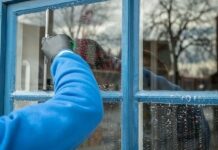
Keeping your home insulated is not only crucial for keeping you and your family warm, but also as a way to save energy and money on your heating bills. From keeping windows shut while the heating is on to investing in insulation installations in and around your home, here are the best tips for keeping your home effectively insulated. Some of the steps are simple and quick to implement, and others will take a little more effort, time and investment to insulate your home.
Avoid heating mistakes
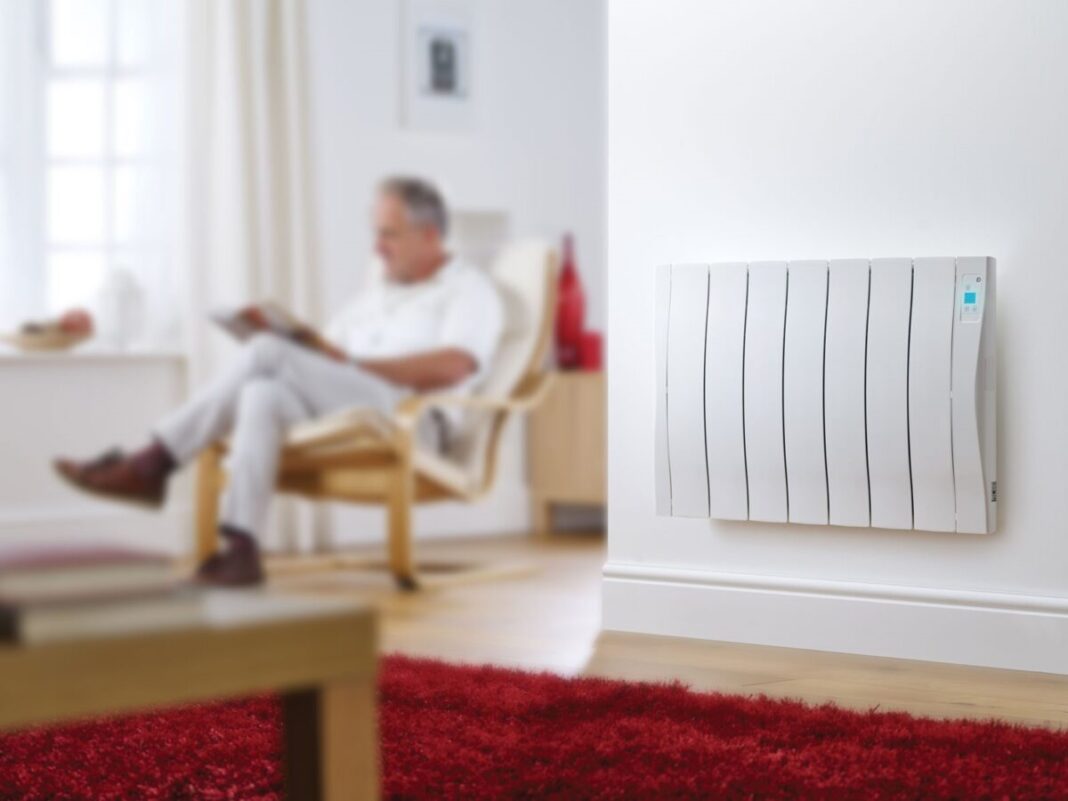
There are a number of things that people do around the house that actually end up wasting heat rather than retaining it. What you may think are small, insignificant habits that you or your family have around the home, they could be costing you in more ways than one.
The first mistake is covering up your heating appliances and impeding the heating process. Using installations such as radiator covers from theheatingboutique.co.uk or putting furniture in front of heaters and radiators stops the heat from circulating around your home properly. Not to mention, that covering up heating appliances is also a huge fire hazard.
Another bad habit many people have is leaving the windows open whilst the heating is on. This is a fairly obvious blunder as this allows any heat that is generated to be let straight out of the home. Having a good system in place where you and other members of your household is a great way to avoid this happening. Ensuring that your windows are kept closed when the heating is on is crucial to make the most of your heating, as well as make the heat last longer.
Your curtains can be great for improving insulation in your home too. The key is using them strategically. When it’s sunny, leave your curtains open to let the natural light, and therefore, bonus heat into your home. On the flip side, your curtains are great for keeping heat inside the rooms of your house, so when it’s dark or chilly, make sure you close the curtains to stop draughts coming in and heat escaping.
Draught-proof your home
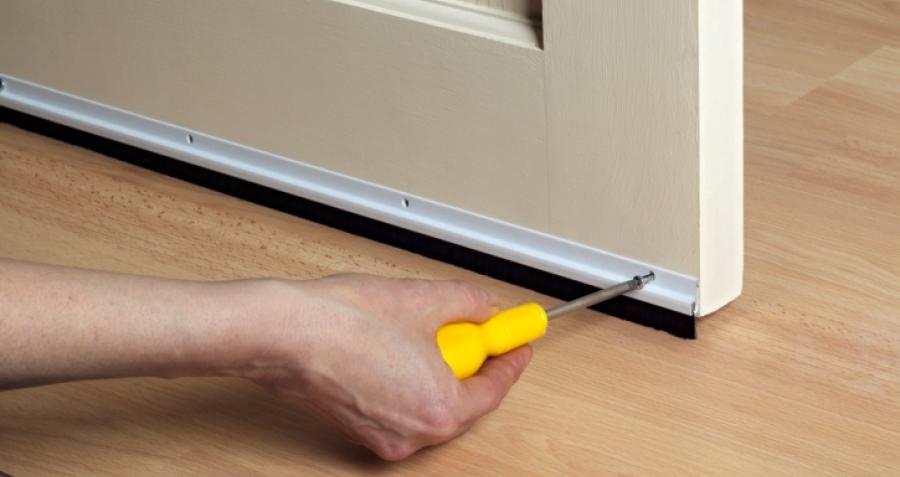
Every home has draughts. From vents to lofts and windows, these chilly breezes can sneak into your home and compromise your home’s insulation quality without you even noticing. You can mitigate this by draught-proofing your home. This can be done through making sure windows and doors are sealed properly, curtains are closed and vents are blocked or even shut in the colder months.
There are a variety of products available to help you block draughts, from self-adhesive rubber seals around doors and windows to door draught excluders. They are relatively cheap and extremely easy to install.
Invest in insulation
There is no better way to keep your home warm than to invest in getting proper insulation installed. Although a costly investment, in the long run having your home fully insulated will keep your house warmer and your bills lower.
-
Roofs and attics
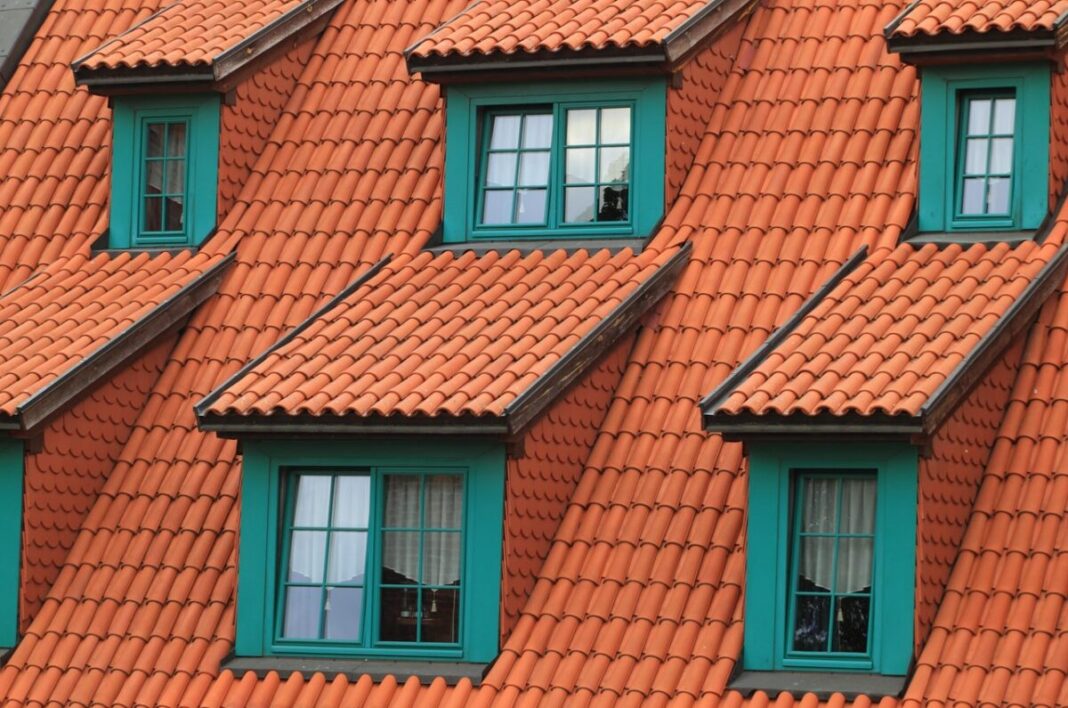
Up to 25% of the heat in your home is lost through the roof. Getting your loft insulated can help prevent some of that heat from escaping through the roof of your home. This can be done through sealing any spaces where draughts could get in, as well as installing insulation materials in the walls, floor and roof of your attic. This can be done relatively easily and you can probably install it yourself.
-
Walls
Insulation of the walls of your home can help up to a third of heat stay in your home. Depending on what type of wall you have, your walls will need to be insulated in different ways. The two main types of walls are cavity walls, which are made of two layers with a small layer in between, and solid walls which must be insulated from the outside.
-
Pipes and tanks
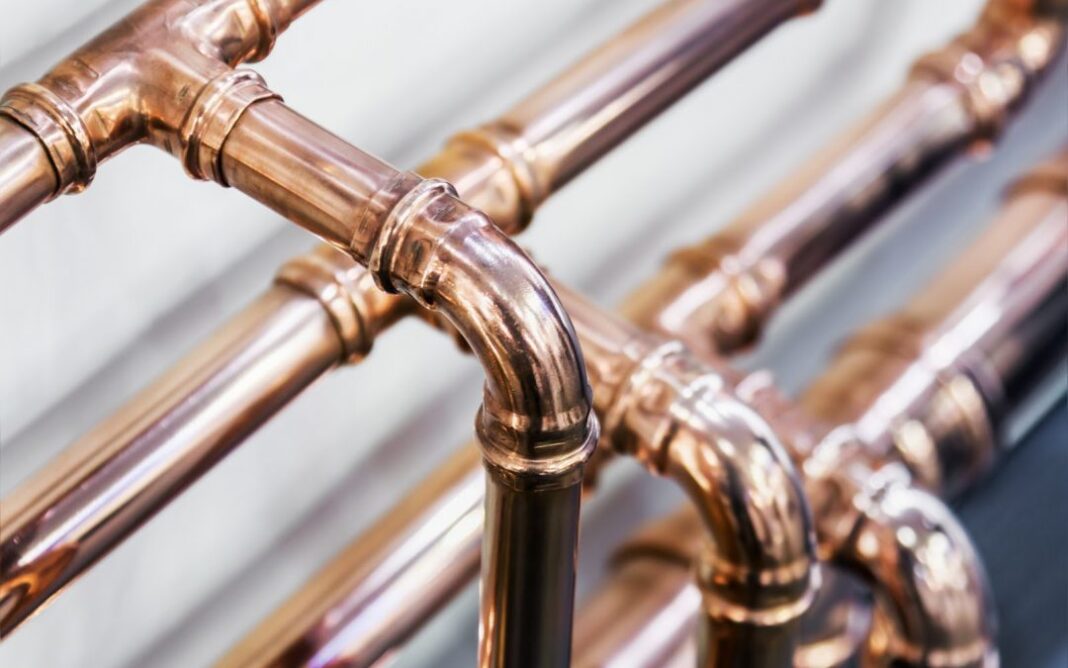
Insulating the pipes and tanks in your home is another unexpected way to keep your home insulated. Pipes and tanks that emit heat can contribute to giving your home a little extra bit of heat, without costing you too much. Whilst it gives you some bonus heat, insulating your pipes and tanks also means that your water will stay hot for longer periods of time. This will save you money on bills and lower your energy usage too.
-
Floor
Flooring is one of the most unexpected ways to keep heat in your home. But getting insulation installed underneath your floors on the ground floor of your house can help to trap heat in your home. Draughts can also sneak their way into your home through spaces between skirting boards and floorboards, so insulating these areas or sealing any spaces here can assist in improving your home’s insulation.
-
Windows
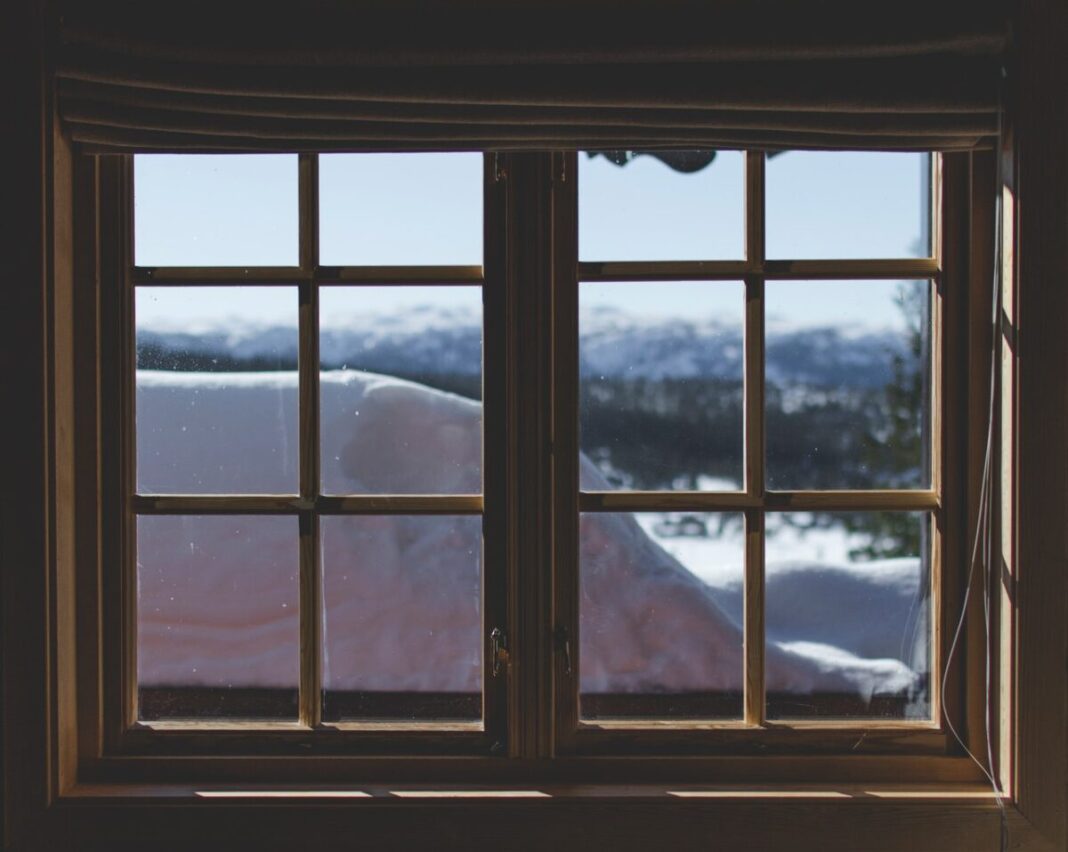
Whilst you can’t insulate your windows themselves, opting for certain types of windows can help to protect your home from draughts better. When choosing your windows, choosing double glazed options can protect your home from draughts coming into the home.
Use your heating efficiently
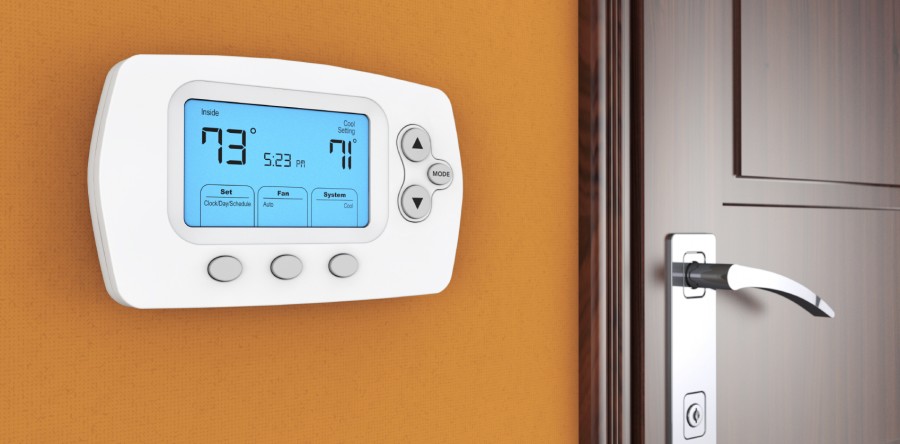
You can keep your home better insulated by using your heating system effectively too. Using a timer for your heat can help to keep your home heated without wasting unnecessary energy or money. Thermostatic radiator valves are great for controlling the amount of heat in your room too by offering the possibility of using a heating timing system so that your radiators come on and off at different times.
Use other heat-saving products
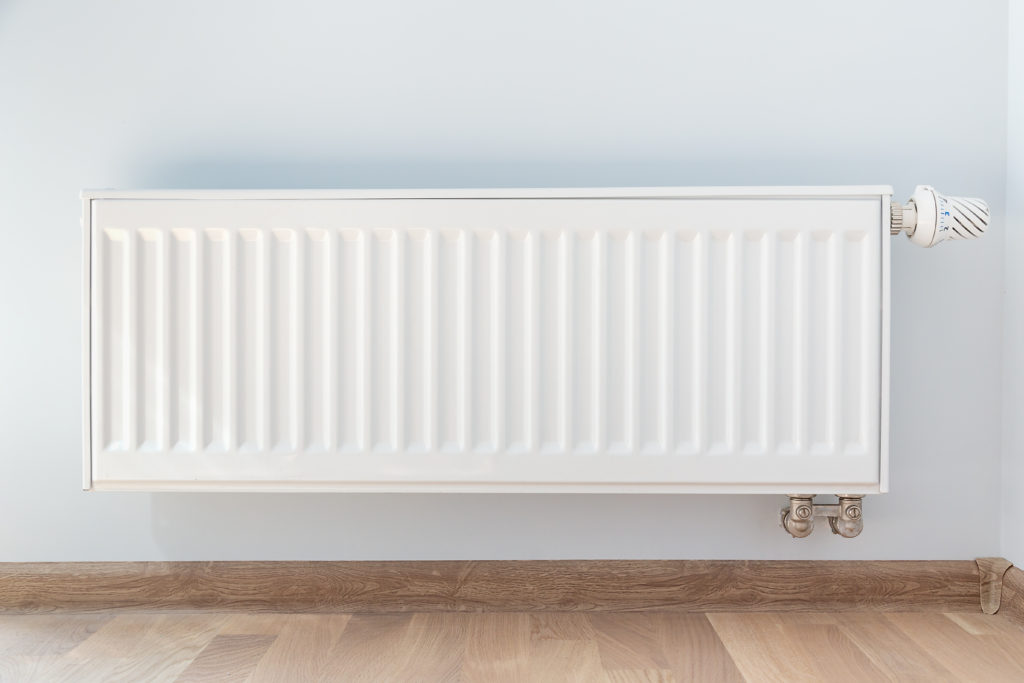
You can help to keep the heat that your heating system emits in your home and direct it into the areas that you want it to be in with a range of different heating products. For example, radiator panels can assist your heating system in directing as much as the heat as possible into your room by catching any heat that could escape behind the radiator and redirecting it outwardly.
In conclusion, there is a wide range of steps you can take to insulating your home. From quick tricks to larger investments into the insulation of your home, each of these options gives you more heat and lower bills.

